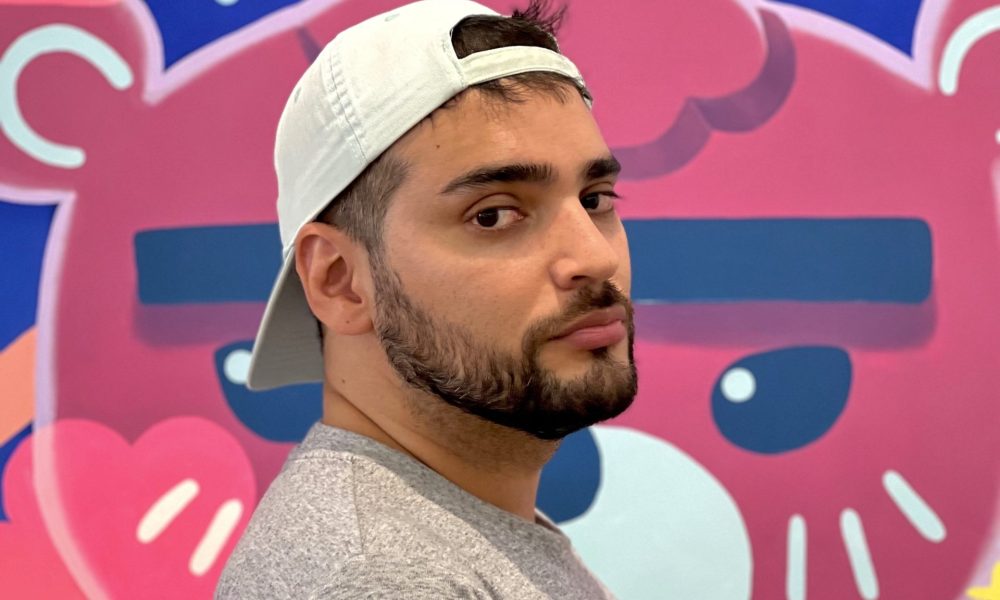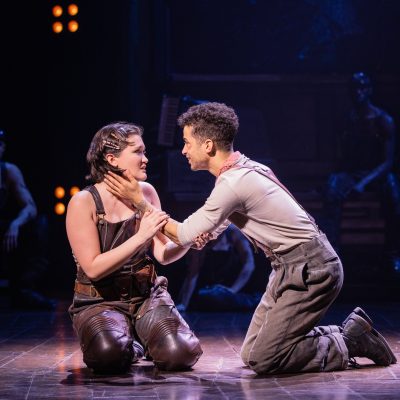Works that speak deeper than just visual appeal: In conversation with artist Jaime Herrera
Imagine, living on the edges of your continent, away from all sorts of other types of media, entertainment, and self-expression. “Our country was very gray, very depressing. Born during a dictatorship, we were very isolated.” Not being able to experience other cultures or develop one, forced to adopt a culture by a government that sees the outer world as a force that acts against their power. “When we started getting all these video games and Japanese media,” it was something different you’ve never seen or experienced before, it was like “an underground thing,” becoming drops of dye falling into a grayed world, filling with colors that have never been seen. These drops of color flowed in from all over the world. Reaching out and grabbing that new thing, made everything so much more magical than the ones forced upon you by your government. Opening this floodgate of new creativity.
This is what happened to Jaime Herrera. He was born in Chile during the dictatorship of Augusto Pinochet. Art in combination with games and ancient music were, in Herrera’s words, “very important growing up because it gave me this escape from what my country was at that point, you know, in the 90s. So also, like ancient music, for me was very, very important. Even though I didn’t know the language or anything, for me, it was so different and so foreign.” Herrera’s parents supported his passion for art, and he eventually took his studies in Mallorca, Spain in 2000. After finishing that work, Herrera started working as an artist in the comic book and game industry.
Through working with people, moving to Massachusetts, he eventually shifted focus from games and game design to art, and opened his own studio in Boston to do his paintings and work. People started to find him, like the students that visited his art studio, and in time, people who liked the art supported and visited his studio. But sometimes people came and were confused because he was Latin American, and he had a Japanese and Asian aesthetic. Some told him, “you shouldn’t be doing this.”
But through Herrera’s eyes, Chile didn’t have an aesthetic that interested him because he sees his culture as more of an intellect-based one than an artistic one. The people were puzzled– especially the ones that were talking about how he shouldn’t be doing this. They don’t understand and are ignorant to the fact that his works of art are not based on where he was born, but from “things that come from inside.” “Like I really am painting what I would like to buy,” Herrera said. “What I like to see.”
The fact that Herrera is painting based on himself is essential, and something that isn’t isolated to art– doing what you are interested in is the best thing anyone can do. “For many people, my art is not the kind of stuff that a man– you know, like a male would draw or paint…I needed to be brave when I started doing this.” You can see this in one of his blog posts on his website, called, “New Painting: The Mask.” It talks about the fact that he remembered seeing the mask in northern Chile. The mask freaked him out, and he used that experience with the form to talk about the 2019 Chile riots, relating to things he found terrifying in his personal style. Through his art, the medium to which he is connected the most, Herrera is visualizing his voice.
I asked Herrera if he had a tip for inexperienced artists. “Take your study seriously,” Herrera said. “Prepare yourself: learn how to draw, learn…anatomy, perspective, graphic design.” First and foremost you need to know the basics, because it’s easy to tell when someone only knows and does abstract work, “compared to an artist that does abstract work but actually can do other things, because they have the fundamentals of graphic design and composition and all that.” The most important thing when studying art is repetition; no one is going to get it perfectly in one try. That’s why you need to “find the moments in your life, in your day that you can actually sit and practice and practice and practice and practice.”
After the interview ended we talked more because I just had so much I wanted to talk about with Herrera. He is a genuinely friendly person who talked to me about my art as well. Herrera kept working and striving for what he loves the most, going to and from places to get to where he is now, and that is what happens if you keep pursuing your goal. Of course, no one has a smooth trip but you gotta keep going with your life or studies. Just keep going.
My tribute to Jaime










